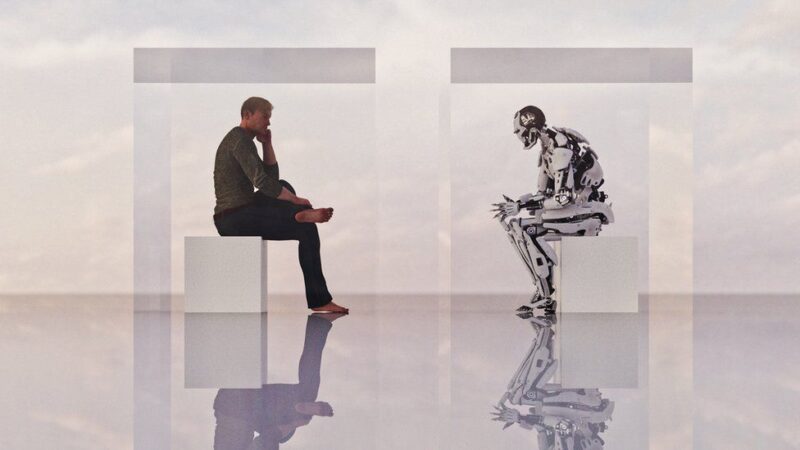Virtual Reality has now been around for a couple of years, but we still haven’t seen it in it’s fully fleshed out form. There is still so much potential in schools, hospitals, and more. Today I’m looking at some future uses for this technology.
Health care
The health care industry has been a big adopter of virtual-reality tech, with some institutions using the computer-generated images for diagnosis and treatment. Virtual-reality simulations, such as those created by software companies Surgical Theater and Conquer Mobile, use actual diagnostic images from CAT scans or ultrasounds to construct 3D models of a patient’s anatomy. The virtual models help both new and experienced surgeons determine the safest and most efficient way to locate tumors, place surgical incisions or practice difficult procedures ahead of time.
Beyond surgery, virtual reality could also serve as a cost-effective and engaging tool for rehabilitation. Stroke and brain injury victims across Europe can now use an immersive virtual-reality therapy created by MindMazeto regain motor and cognitive function faster than with traditional physical therapy, according to the company. The virtual exercises and real-time feedback in MindMaze are made to feel like games, helping to motivate patients to practice everyday activities.
Space
Scientists at NASA have a tough mission: to search for life on other planets. That’s why they look to cutting-edge virtual-reality technology to control robots on Mars and to provide astronauts with a way to de-stress. At NASA’s Jet Propulsion Laboratory, researchers connected the Oculus Rift with motion-sensing equipment from the Kinect 2 sensor and Xbox One game console to control a robotic arm with the operator’s gestures. The setup could one day be used to control rovers or other instruments millions of miles away, according to NASA. By adding a Virtuix Omni treadmill to the setup, researchers were also able to simulate a walk on Mars to prepare astronauts for a potential human landing.
Education
The automotive industry isn’t just using virtual reality for design purposes; Toyota is also usingOculus headsets as part of its TeenDrive365 campaign, to educate teenagers and parents about distracted driving. The immersive experiences provided by virtual-reality headsets can revolutionize education in all fields, the company said. By making field trips and simulations of complicated concepts accessible to people of all ages, virtual reality can make cognitive learning faster, more effective and efficient, Toyota officials said. Unimersiv and Cerevrum are examples of two such apps that offer an immense resource of educational VR content online.






